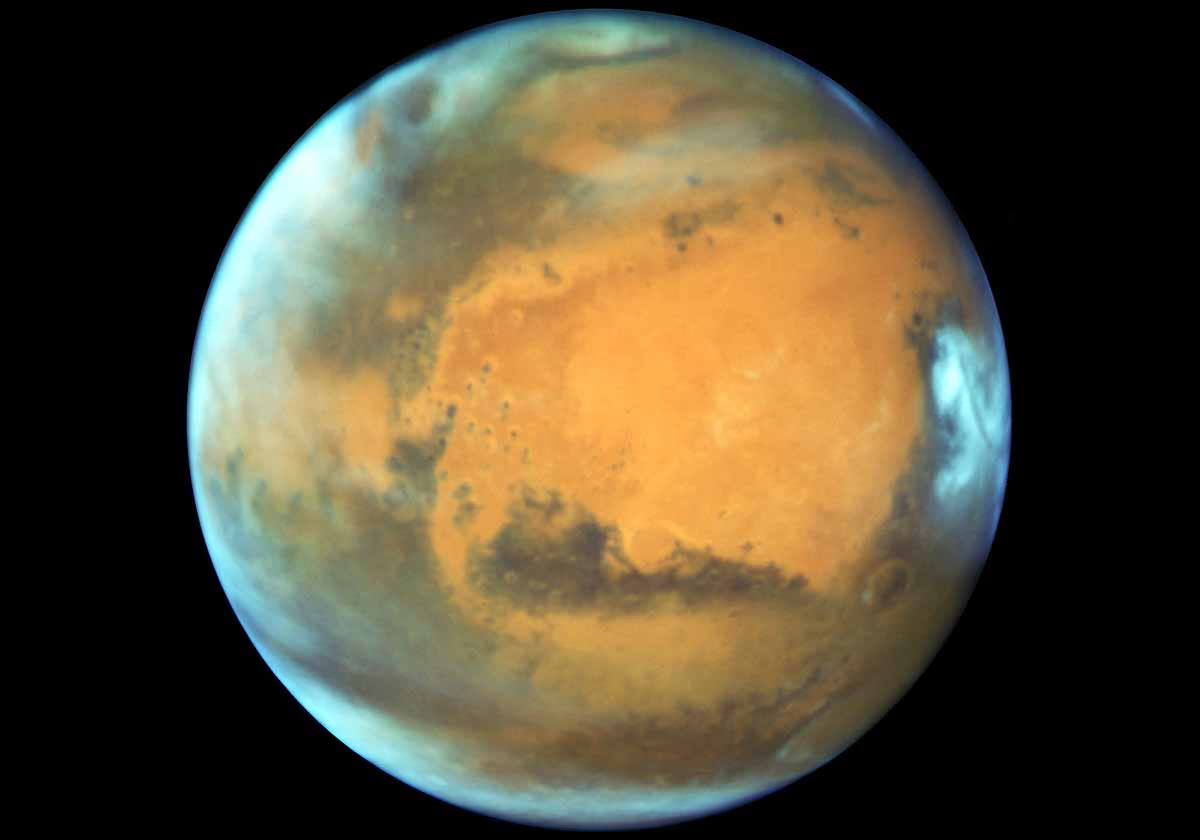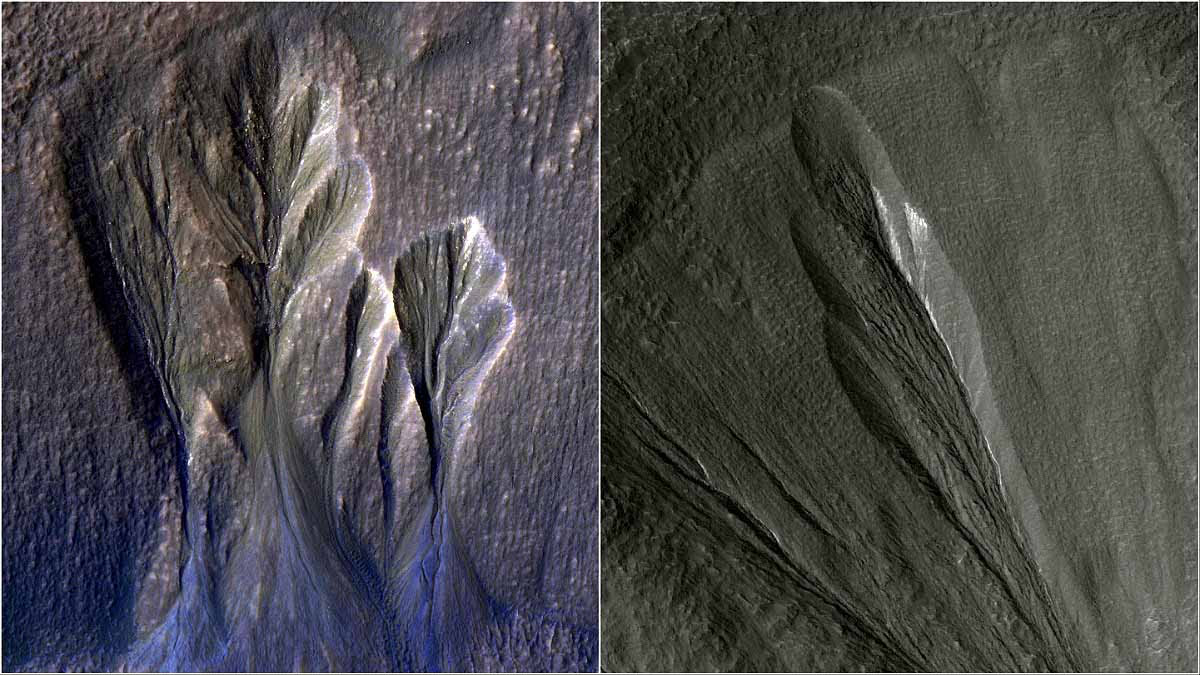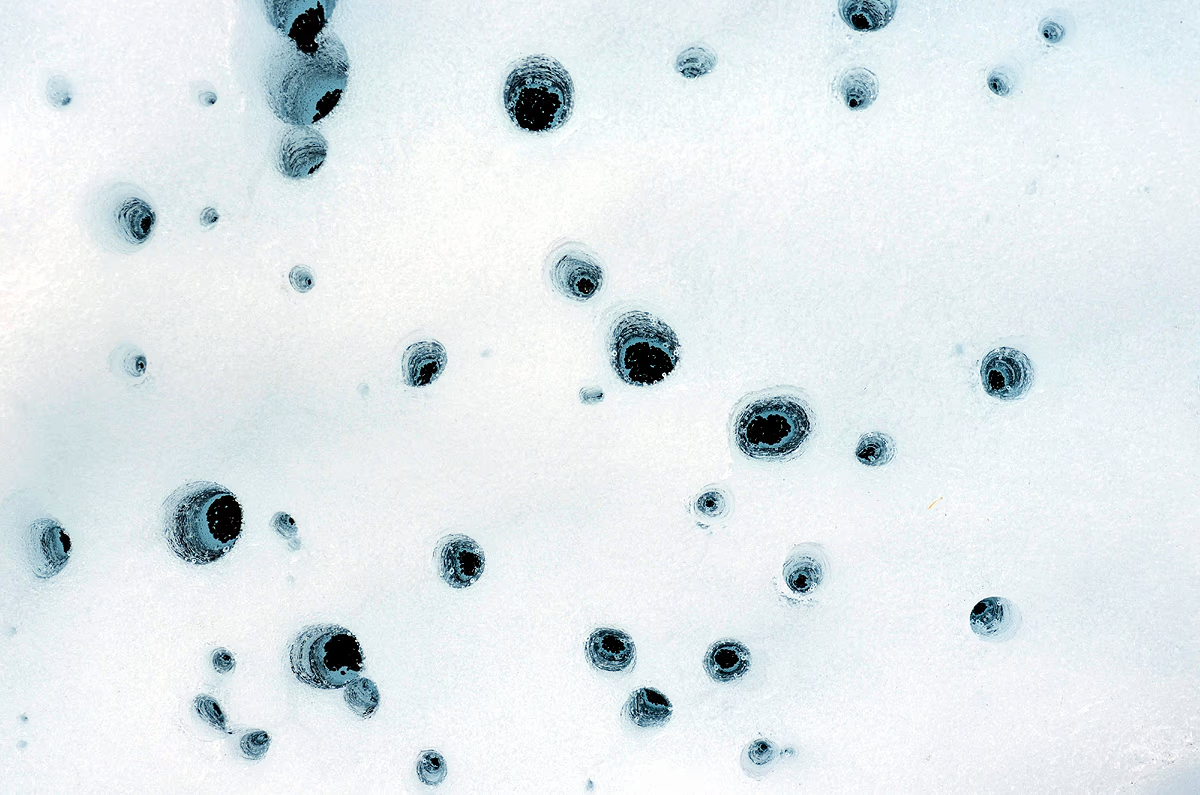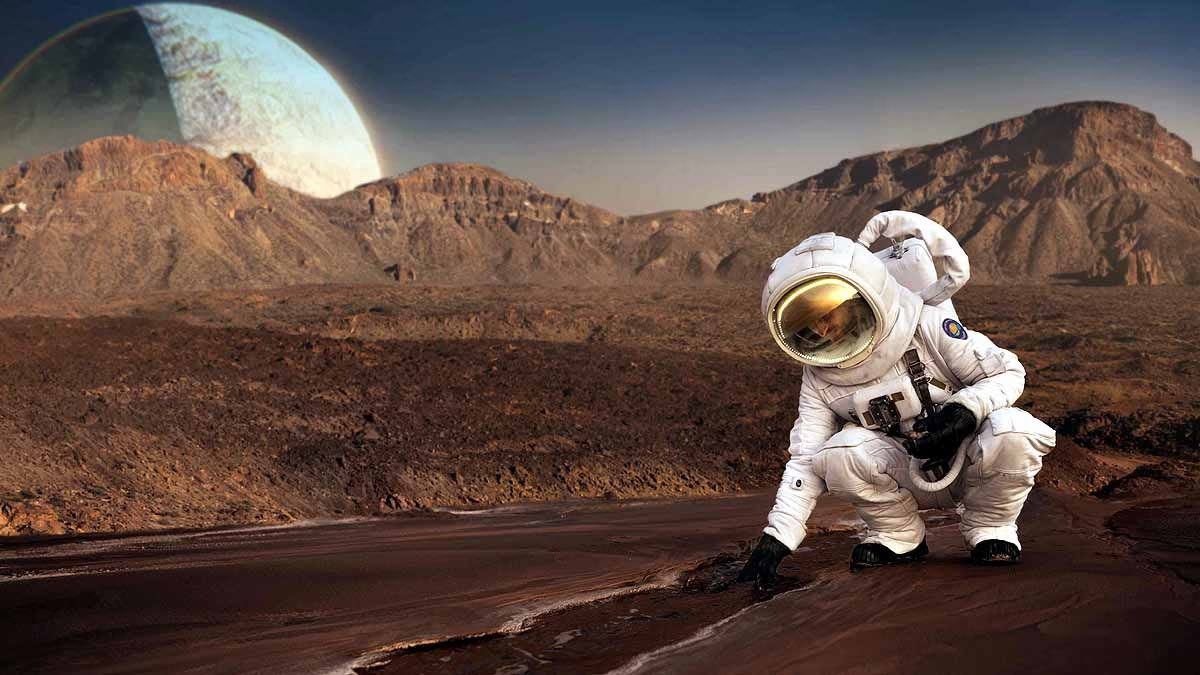Could alien life be hidden within the icy realms of Mars? Scientists speculate that beneath the planet's icecaps, life might indeed flourish. Believing that a photosynthesis-like process could exist there, thanks to a recent groundbreaking study, the mystery continues deep under the dry, icy sheets.
Photosynthesis is a miraculous process where plants, algae, and cyanobacteria create chemical energy, drawing life from water and the sun. Dominating Earth's oxygen production, this essential process could hypothetically happen on Mars near the polar ice layers, lurking beneath in anticipation of discovery.
Read More: SpaceX Makes History... Falcon Lands Back in the Arms of the Launchpad

Source: aajtak
Scientists propose an environment shielded from solar radiation by Mars' icy jackets, allowing life to thrive through photosynthesis or similar processes in what are called Radiative Habitable Zones. Could it be? Light is critical for photosynthesis, yet it doesn’t confirm life on Mars.
Hypothetical Insights Based on Spacecraft Data
The hope of Martian life remains. As scientists dissect data from NASA's Mars Orbiter, Perseverance rover, Mars Sample Return, and ExoMars, their hypotheses are constructed from these space missions' data. Verification awaits, unlocking Mars' secrets beneath its icy veil through exploration.
Read More: Unseen by X-Ray... Explosive Device Concealed in Pager by an Israeli Agent, New Revelation

Source: aajtak
Researcher and fellow at NASA's Jet Propulsion Laboratory, Aditya Khuller, emphasizes that discovering life on Mars remains unconfirmed. Yet, the dry, icy sheets may potentially conceal life, waiting for future exploration to substantiate such claims.
Earth vs Mars... What Sets Them Apart?
Both Earth and Mars exist within habitable zones, their favorable proximity to the Sun permitting life to potentially flourish. Earth, cloaked in oceans of liquid water, stands testament, whereas Mars remains dry, its landscape painted in dusty red hues.
Read More: Hamas' Sinister Yahya Sinwar Caught in Drone Assault Just Before Death... Last Video Emerged
Mars missions—like Curiosity and Perseverance rovers—unveiled dry river basins, lakes, and river networks, teasing evidence of ancient water. Mars Reconnaissance Orbiter circles above, hinting at a world that once held water but now stands parched by time.

Source: aajtak
Ultraviolet radiation on Mars is alarmingly high, presenting a significant threat to life. Complex lifeforms face formidable challenges here, lacking Earth’s protective ozone. Mars endures 30% extra radiation exposure.
How Much Ice Covers Mars?
Mars' white shroud of ice is laden yet polluted. An analysis suggests layers ranging from 2 to 15 inches, interspersed with 0.1% Martian dust. Pollution alters thickness between 7 to 10 feet, potentially sheltering life by mitigating solar radiation effects.




